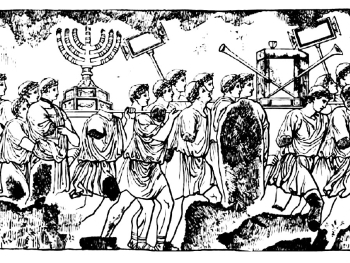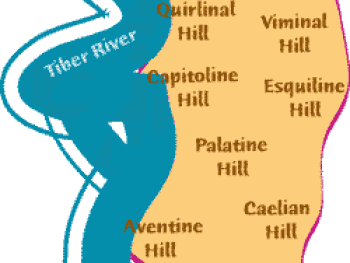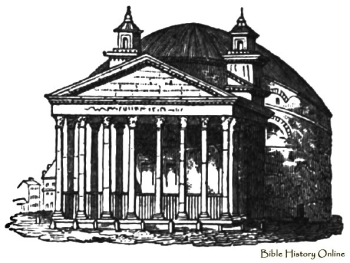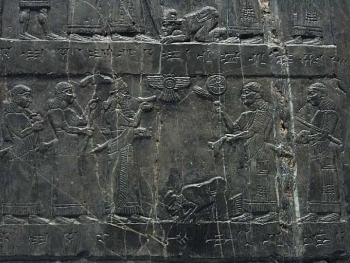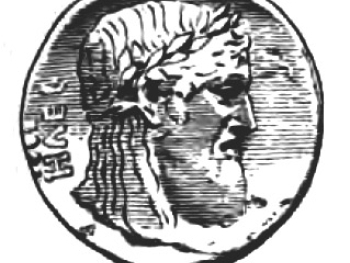The ancient civilizations of the Incas and Aztecs left behind awe-inspiring cities and structures that continue to captivate our imagination. From the grandeur of Machu Picchu to the imposing pyramids of Teotihuacan, these remarkable achievements in architecture and city planning reveal the ingenuity and engineering prowess of these civilizations. Exploring how the Incas and Aztecs built their cities provides valuable insights into their innovative construction techniques and cultural legacies.
- Inca Civilization and City Planning: The Incas, known for their impressive stonework and harmonious integration with the surrounding landscape, constructed magnificent cities in the Andean region. They meticulously planned their cities, with Cusco as the capital and religious center. Inca cities featured stone structures, terraced agricultural fields, and intricate water management systems.
- Masterful Stonework of the Incas: The Incas were masters of stonemasonry, using precisely cut and shaped stones to create massive structures. They employed a technique called ashlar construction, where stones were precisely fitted together without the use of mortar. The precision of their stonework, characterized by tightly interlocking blocks, ensured the durability and stability of their buildings, even in seismic zones.
- The Majesty of Machu Picchu: Machu Picchu, the crown jewel of Inca architecture, showcases their advanced construction techniques. Situated on a mountain ridge, this ancient citadel was built using massive stone blocks that were transported and fitted together with remarkable precision. The terraces, buildings, and precisely aligned stone walls demonstrate the Incas' profound understanding of aesthetics, engineering, and the environment.
- Aztec Civilization and Monumental Pyramids: The Aztecs, renowned for their impressive urban centers and monumental pyramids, created architectural wonders in the heart of Mesoamerica. Tenochtitlan, their capital city, was a marvel of urban planning, built on a series of artificial islands in Lake Texcoco. The city boasted grand temples, palaces, causeways, and intricate canal systems.
- Engineering Marvels of Teotihuacan: Teotihuacan, an ancient city in central Mexico, represents the zenith of Aztec urban planning and construction. The city's iconic structures, including the Pyramid of the Sun and the Pyramid of the Moon, exemplify the precision and grandeur of Aztec architecture. The pyramids were constructed using layered platforms, carefully aligned with astronomical and religious significance.
- Building Techniques and Symbolism: Both the Incas and Aztecs incorporated symbolic elements into their architectural designs. Inca structures often featured trapezoidal doorways and windows, symbolizing their connection to the mountains. Aztec pyramids were layered to represent different cosmic realms and had intricate sculptures and reliefs depicting deities and mythological scenes.
The remarkable cities and structures built by ancient civilizations like the Incas and Aztecs are a testament to their advanced engineering skills, cultural significance, and harmonious relationship with the environment. From the precision of Inca stonework to the monumental pyramids of the Aztecs, these architectural wonders continue to inspire admiration and curiosity. Exploring the construction techniques and cultural symbolism behind these remarkable achievements allows us to appreciate the rich legacy of these ancient civilizations and their enduring impact on our understanding of architecture and urban planning.

